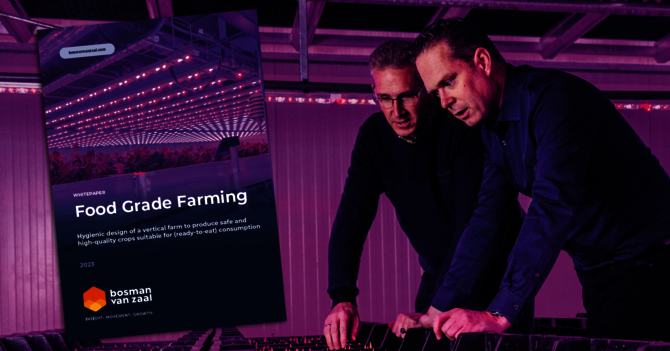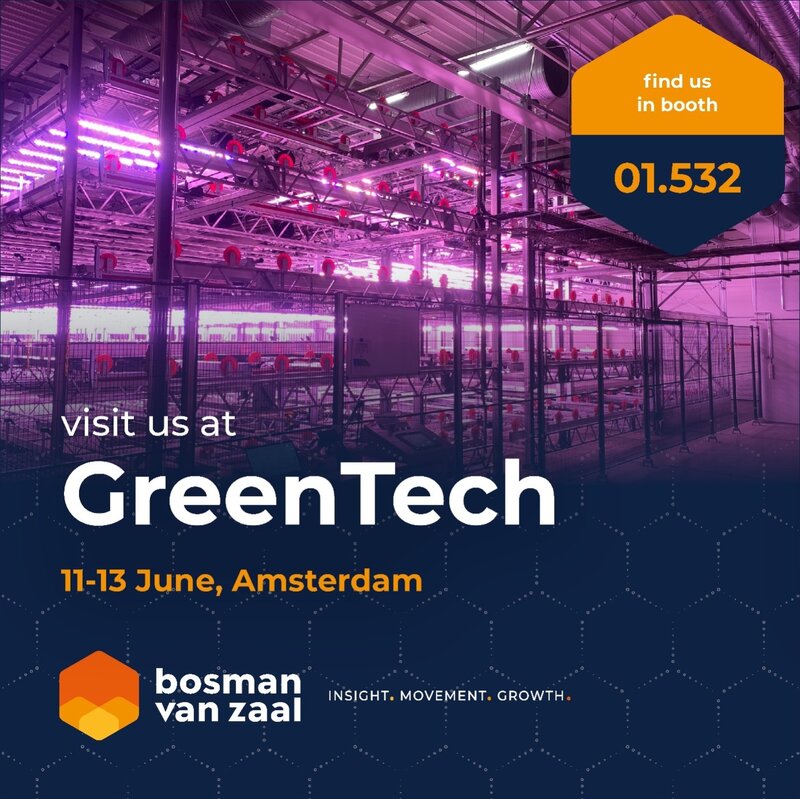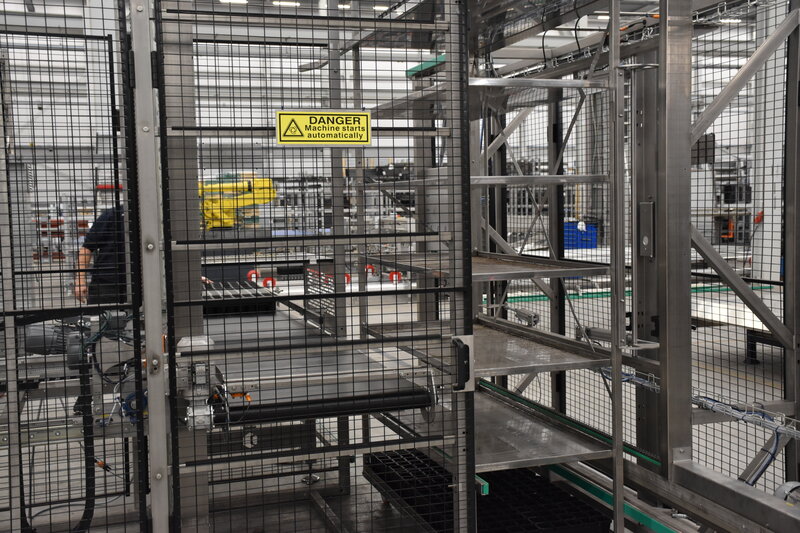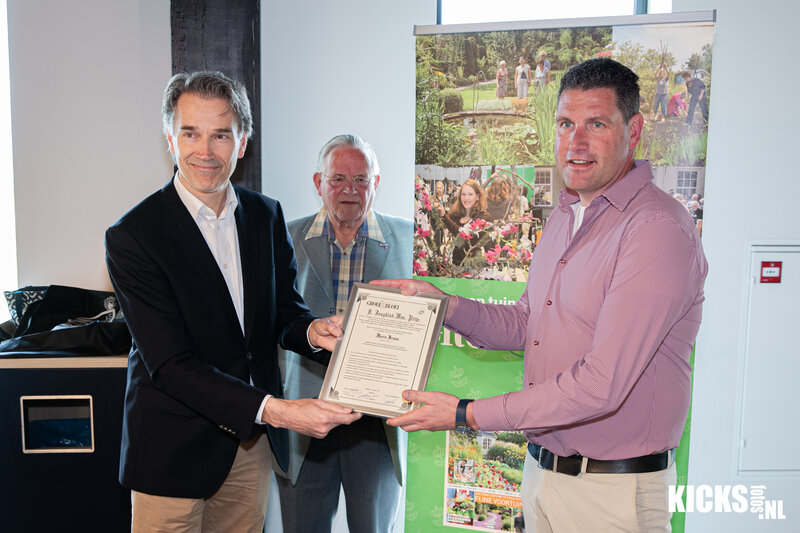Advancing Controlled Environment Agriculture with Food Grade Farming
We are excited to announce the release of our latest whitepaper titled "Food Grade Farming: Hygienic Design of a Vertical Farm to Produce Safe and High-Quality Crops Suitable for (Ready-to-Eat) Consumption." This comprehensive whitepaper explores the advantages and implications of implementing food grade solutions in vertical farming, emphasizing the importance of hygienic design in producing safe and high-quality crops.
Adapting to the Demand for Safe and Convenient Food Options
At Bosman Van Zaal, we understand the increasing demand for convenient and healthy food choices. In response, we have recognized the need to adapt and innovate in the horticultural and agricultural sector. Leveraging our expertise rooted in a horticultural background, we have embarked on extensive research and development to meet the specific requirements of food production facilities. By collaborating with our experienced engineers, growers can gain a significant advantage in their endeavour to cultivate products in a controlled environment.
Meeting Consumer Preferences: Hygienic Design in Food Production
Our whitepaper delves into the reasons behind the growing demand for hygienic design in food production. As consumers seek ready-to-eat and healthy food options, convenience foods have witnessed a surge in popularity. Alongside this trend, there is an increased awareness of the impact of diet on health, leading to the establishment of guidelines and regulations to ensure food safety and quality.
Understanding "Food Grade" Farming: Aligning with Standards and Regulations
In the whitepaper, we explain the concept of "food grade" and its implications for the way we grow and harvest food. While "food grade" is not an officially defined label, it represents solutions that align with specific guidelines and regulations. Adhering to these standards is crucial for growers and suppliers to comply with various safety and quality regulations.
Implementing a Food Grade Approach: A 7-Step Plan
To cultivate crops in a food grade manner, our whitepaper outlines a comprehensive 7-step plan. This plan covers crucial aspects such as location and facility selection, installations and inputs, machinery and equipment design, implementation of good agricultural practices, quality control measures, proper packaging and labelling, and appropriate storing and transportation methods.
Our Expertise in Hygienic Design: Pioneering Solutions for Food Grade and Ready-to-Eat Projects
At Bosman Van Zaal, we pride ourselves on our expertise in hygienic design for food grade and ready-to-eat projects. With a legacy dating back to 1921, we have remained at the forefront of developing indoor farms, machinery, growth equipment, turnkey greenhouses, and software solutions. Our recommendation of indoor (vertical) farming for food grade and ready-to-eat cultivation is backed by the numerous benefits of controlled environments, high automation levels, and data-enhanced practices.
Unlocking the Potential of Vertical Farming: Fresh, Safe, and Delicious Produce
Vertical farming, involving the cultivation of crops on multilayers in a closed system using hydroponics or aeroponics, offers increased controllability and reduces reliance on external influences. Our whitepaper highlights how vertical farms can produce fresh and safe vegetables in high-density systems located close to the end user. By incorporating automation, advanced HVAC and irrigation systems, and specialized software, our vertical farming solutions enable growers to achieve near-perfect, delicious, healthy, and uniform produce.
Discover More: Download Our Whitepaper on Food Grade Farming
To learn more about food grade farming and the hygienic design of vertical farms, we invite you to download our whitepaper from our website here. Explore how our innovative solutions can help.




